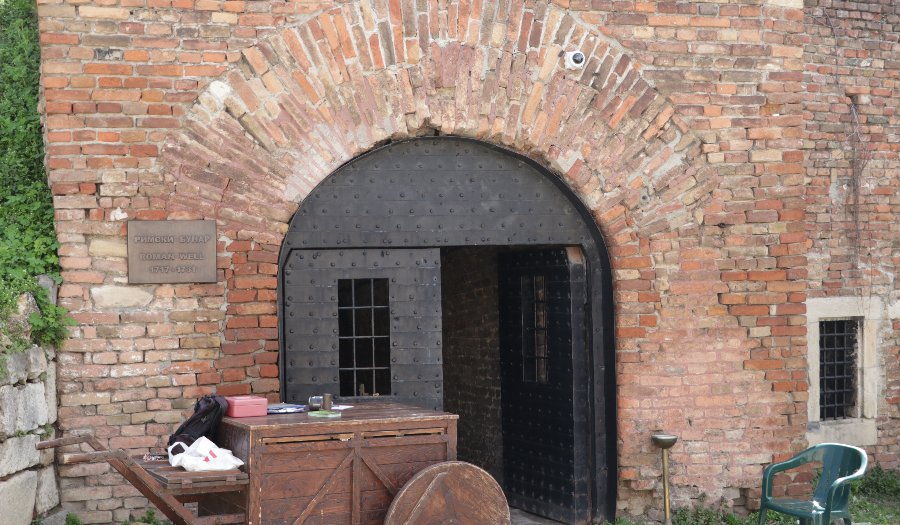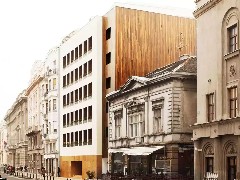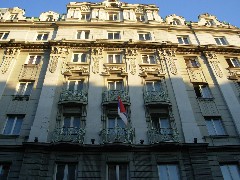
OPEN NOW
The well was built during the baroque Austrian reconstruction of the Fortress, in the period between 1717 until 1731, when it was named "The Big Well". The name "Roman Well", first mentioned in the nineteenth century, came as a result of folk tradition according to which most of the structures of forgotten origin were linked to Romans. A vaulted hallway leads to the central area containing the well. The well was examined in detail in 1940. It's depth is 35.30m. The research team determined that the well, at least its major part, is hollowed out in a lime watertight rock and that it does not interrupt the flow of natural spring waters. Surface waters, which descended from the Upper Town's plateau filling the well with water, compensated for the lack of natural springs and inability to connect with the River Sava. In such manner, the well served as a tank from which people took water using a special wood mechanism functioning as a pump.
The well was built during the baroque Austrian reconstruction of the Fortress, in the period between 1717 until 1731, when it was named "The Big Well". The name "Roman Well", first mentioned in the nineteenth century, came as a result of folk tradition according to which most of the structures of forgotten origin were linked to Romans. A vaulted hallway leads to the central area containing the well. The well was examined in detail in 1940. It's depth is 35.30m. The research team determined that the well, at least its major part, is hollowed out in a lime watertight rock and that it does not interrupt the flow of natural spring waters. Surface waters, which descended from the Upper Town's plateau filling the well with water, compensated for the lack of natural springs and inability to connect with the River Sava. In such manner, the well served as a tank from which people took water using a special wood mechanism functioning as a pump.
















